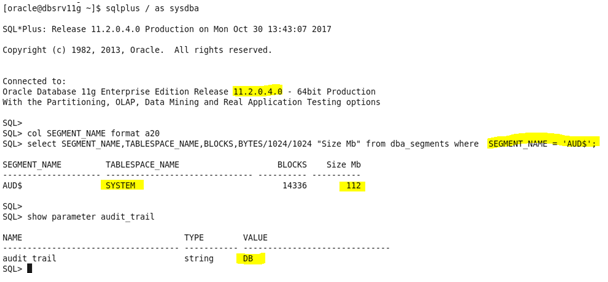Creating Tablespaces in ASM
When ASM creates a datafile for a permanent tablespace (or a temporary file for a temporary tablespace), the datafile is set to auto-extensible with an unlimited maximum size and 100 MB default size. You can use the AUTOEXTEND clause to override this default extensibility and the SIZE clause to override the default size. ASM applies attributes to the datafile, as specified in the system default template for a datafile as shown in the table in “Managing Disk Group Templates”. You can also create and specify your own template. Files in a tablespace might be in both ASM files and non-ASM...

